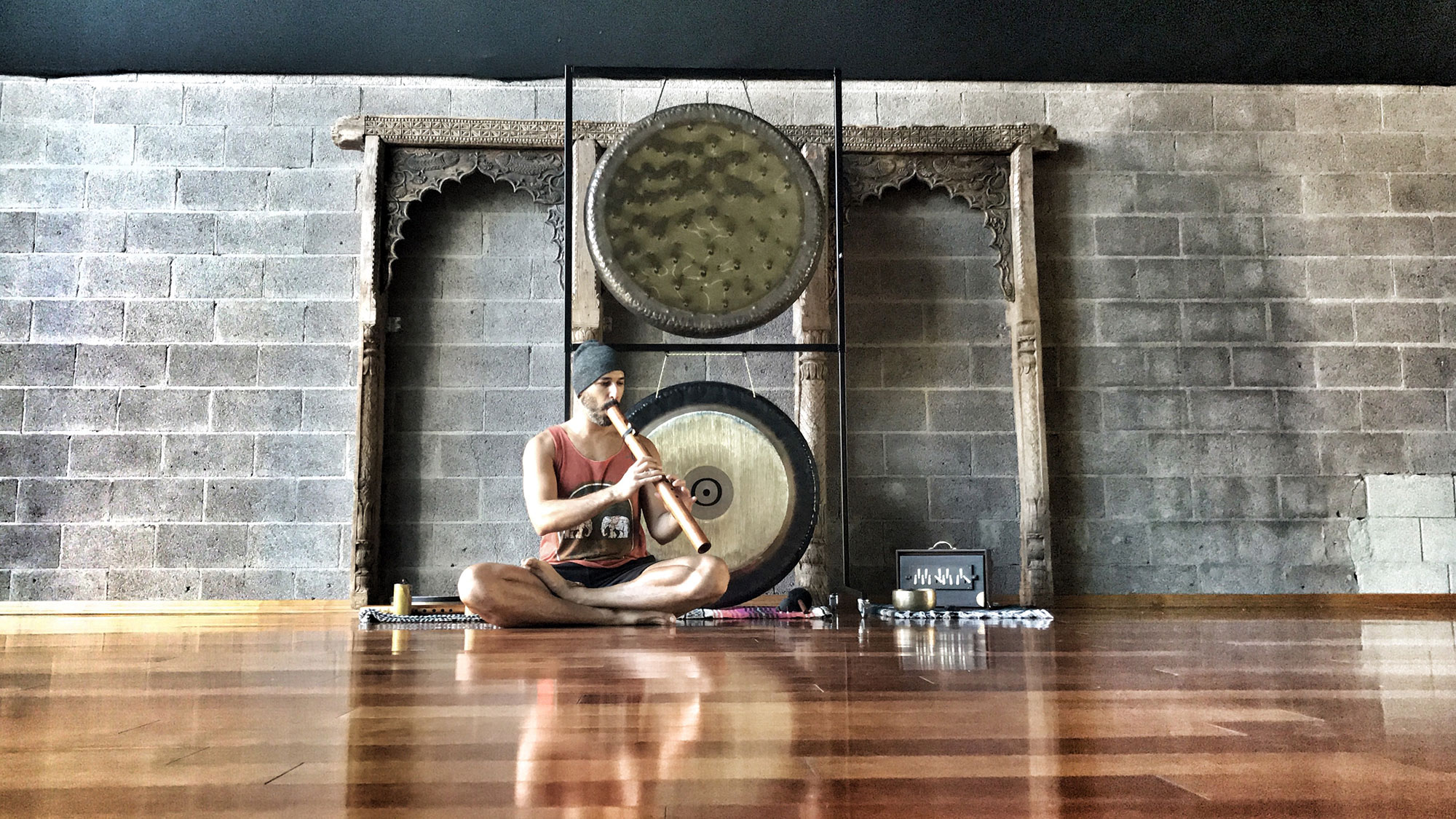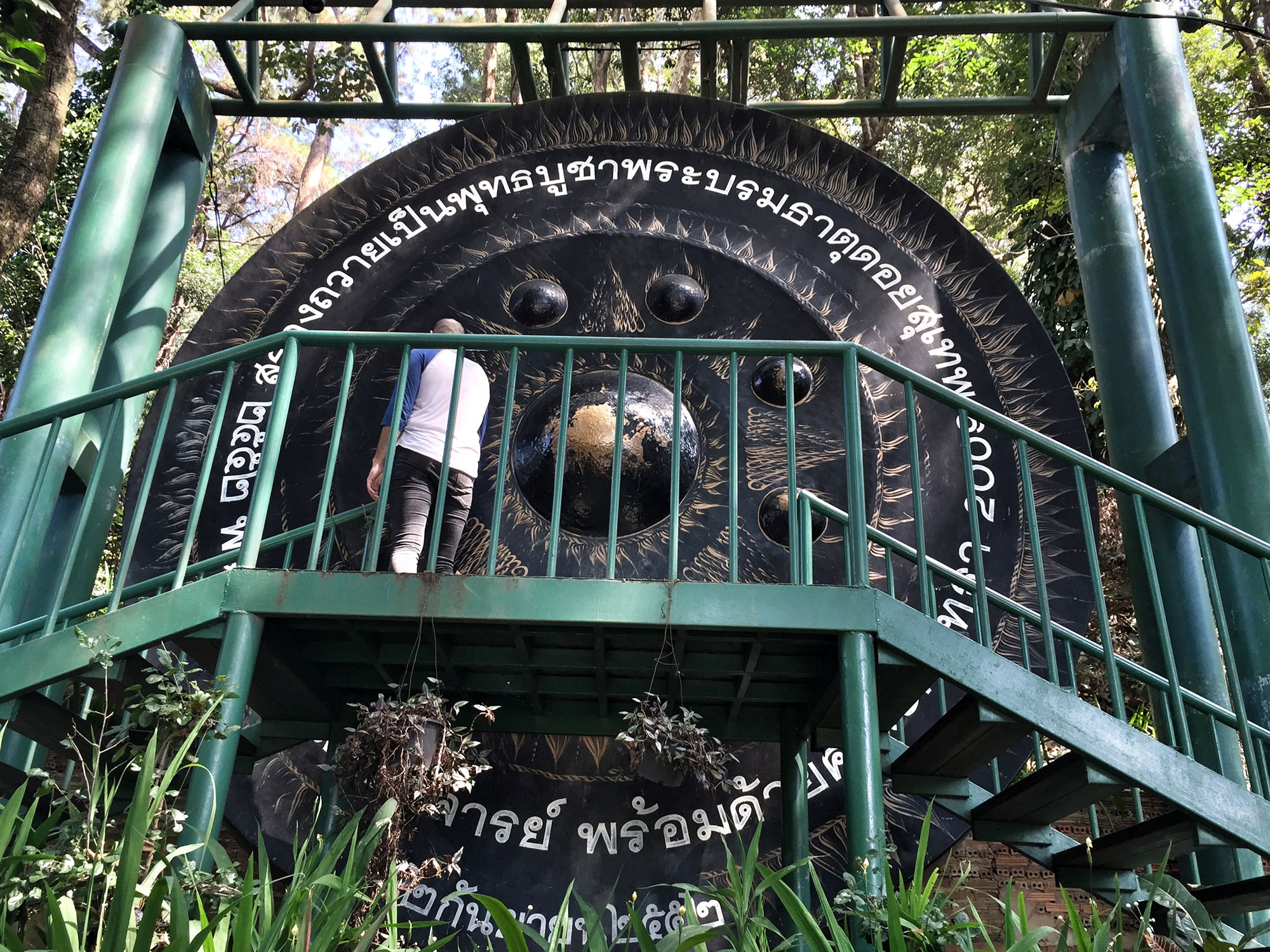I am excited to announce that I am now offering an online course for
Click below to learn more and get started.
Sound Meditation is a subset of nada yoga (sound yoga) in which various types of sounds are directed towards the body to move energy, calm the mind, and facilitate healing. Sound meditation encompasses a number of differing practices and every guide will employ different techniques, though most will utilize instruments producing audible harmonic overtones. Modern neuroscience research is validating what has been known for centuries–sound quiets the mind, which in turn allows meditators to move into realms of trancendental awareness. Various types of sound meditation are now being marketed under such names as: “sound bath” “sound healing” “sacred sound” “sacred ceremony” etc…While the intent behind these names is the same, they do not always describe the nature of the practice, which involves both participation of the recipient and guide. Thus, Sound Meditation is the term used by Hamid to describe this practice.

Sound meditation comes in many forms. Most sound facilitators employ tonal harmonics in some way, along with atonal sounds. For tonal instruments, most people in the West are accustomed to the sound of the equal tempered scale. For example, a simple major scale like C-Major is an equal tempered scale: Do, Re, Mi, Fa, So, La, Ti, Do. In eastern musical traditions (and even in the West prior to around 100 years ago), this type of scale was not widely used. Part of the problem with equal temperament is that is artificially places notes outside of the natural harmonic ratios in order to ensure that multiple keys and modes can be played on the same instrument. Prior to equal temperament, there was always some sacrifice involved in choosing a tuning. Some ratios might have sounded much better, but others would be very unpleasant. These unpleasant notes were called “wolf” notes because they seemed to howl.
In any event, this is a complex topic beyond the scope of this page! In short, Sound Meditation should ideally involve the use of natural harmonic intervals–not equally tempered intervals, and the use of harmonic overtones. Although many of the tonal instruments used in sound meditations these days are equal temperament, such as Native American flute, harmonium, and crystal bowls, there are ways to play these instruments that bring out the natural overtones. A skilled facilitator will do this–whether knowingly or not–because it sounds more meditative. The human voice is also used but interestingly, humans naturally tend to vocalize in non-equal temperament. When vocalizing over a single tone from a shruti box, harmonium, or crystal bowl, rich harmonics can develop that take the mind into transcendental states.

Hamid playing Native American style flute in front of typical dual gong set up and harmonium.
Beyond the strictly tonal instruments that derive their power from single notes and emphasize the fundamental frequency, the more powerful meditative instruments, are those emitting audible harmonic overtones such as gongs and Himalayan bowls. Unlike the primarily single tone instruments discussed above, gongs emit a large spectrum of sound. When struck directly in the center using a very small mallet, each gong will have a fundamental tone. However, as the sound and vibration move throughout the large surface area of the gong, numerous overtones emerge. Thus, the sounds coming from a gong are often felt as a “wall of sound” with an identifiable root tone but seemingly infinite number of overtones. Research is demonstrating that the large number of overtones have an instant effect on baseline brainwave activity, causing immediate calming of the mind. When practiced with appropriate intention and attention to listening, meditating to the sound of a well-played gong can take the mind quickly into transcendental states.

Large Gongs, like this one at Doi Suthep outside of Chiang Mai, Thailand,
have been used by monks for meditation and sound healing for centuries.

There are many types of gongs. First picture is a Thai gong, which produces a very bell-like tone. The later picture is showing symphonic gongs, also called tam-tams, which produce a wide range of sounds and are more common in the west. Tuned symphonic gongs are also quite powerful and frequently used.
See training offerings:
I will respond quickly to all inquiries submitted via this website. All fields required.